Home>Gardening & Outdoor>Plant Care & Gardening Tips>How To Plant Native Plants In The Pacific Northwest
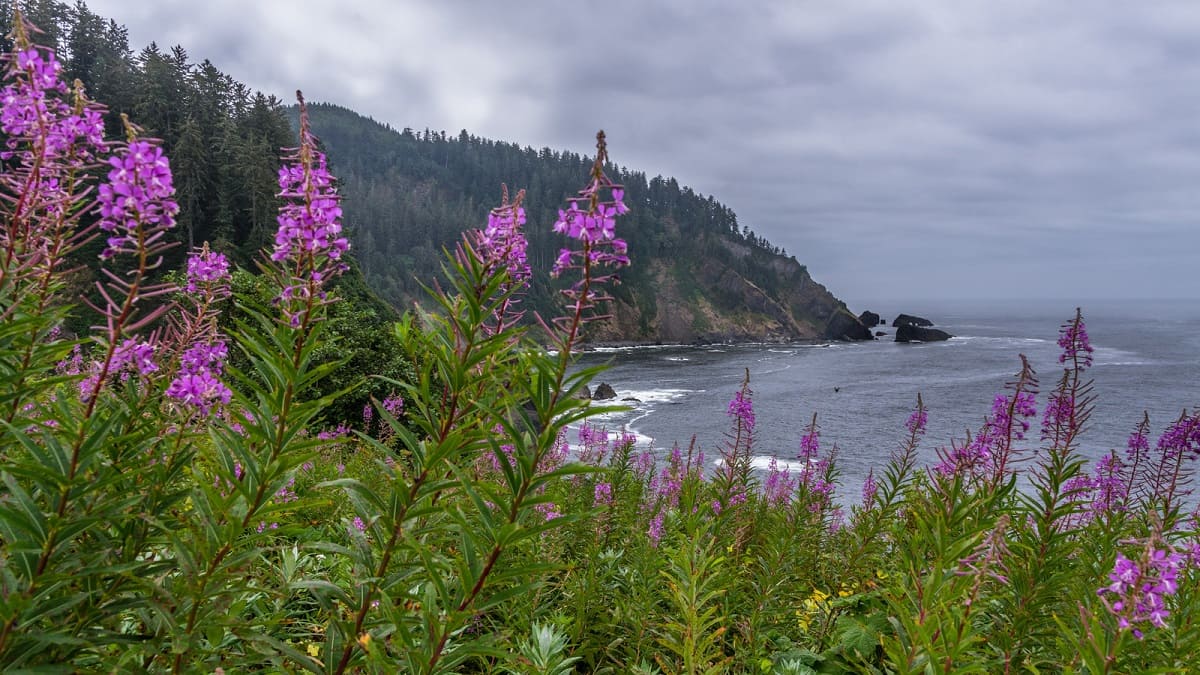

Plant Care & Gardening Tips
How To Plant Native Plants In The Pacific Northwest
Published: December 25, 2023
Discover expert plant care and gardening tips for planting native plants in the Pacific Northwest. Learn how to create a thriving garden with our comprehensive guide.
(Many of the links in this article redirect to a specific reviewed product. Your purchase of these products through affiliate links helps to generate commission for Storables.com, at no extra cost. Learn more)
Introduction
Welcome to the lush, diverse landscape of the Pacific Northwest, where the beauty of nature flourishes in all its glory. If you’re an avid gardener or simply someone who appreciates the wonders of the natural world, you’re in for a treat. In this guide, we’ll delve into the art of planting and caring for native plants in the Pacific Northwest, an endeavor that not only adds vibrant colors and textures to your garden but also contributes to the preservation of the region’s unique ecosystem.
Native plants are the unsung heroes of the Pacific Northwest, perfectly adapted to the local climate, soil, and wildlife. By incorporating these indigenous beauties into your garden, you’re not only creating a stunning outdoor space but also playing a vital role in supporting the local environment. From the majestic forests to the tranquil meadows, the Pacific Northwest is home to a rich tapestry of native flora, each with its own story to tell.
So, whether you’re a seasoned gardener or a novice with a passion for sustainable living, join us on this journey to discover the enchanting world of native plants in the Pacific Northwest. Get ready to unearth the secrets of gardening with indigenous species, and let’s embark on a green-fingered adventure that celebrates the natural splendor of this remarkable region.
Key Takeaways:
- Embrace native plants in your Pacific Northwest garden to support biodiversity, conserve water, and create a resilient ecosystem that celebrates the region’s natural beauty.
- Avoid common mistakes like overwatering and planting invasive species when caring for native plants, and let your garden become a vibrant tapestry of sustainable beauty.
Benefits of Planting Native Plants
Planting native species in your garden offers a myriad of benefits, both for the environment and for your own gardening experience. Here are some compelling reasons to consider incorporating native plants into your Pacific Northwest garden:
- Biodiversity: Native plants provide essential habitats and food sources for local wildlife, including birds, butterflies, and bees. By cultivating native species, you can contribute to the preservation of biodiversity in the region, creating a balanced ecosystem that supports a variety of organisms.
- Low Maintenance: Native plants have evolved to thrive in the specific environmental conditions of the Pacific Northwest, making them naturally resilient and low-maintenance. Once established, they often require less water, fertilizer, and pest control compared to non-native species, reducing the need for intensive gardening efforts.
- Water Conservation: Many native plants are well-adapted to the region’s natural rainfall patterns, reducing the need for supplemental irrigation. By choosing indigenous species, you can contribute to water conservation efforts and promote sustainable gardening practices.
- Resilience: Native plants have developed natural defenses against local pests and diseases, making them more resistant to common garden challenges. By cultivating native species, you can create a resilient garden that is better equipped to withstand environmental stressors.
- Scenic Beauty: The diverse array of native plants in the Pacific Northwest offers a stunning palette of colors, textures, and fragrances. From the delicate blooms of wildflowers to the majestic presence of coniferous trees, native species add a unique and captivating charm to your garden landscape.
- Environmental Stewardship: By planting native species, you are participating in the conservation of the region’s natural heritage. Supporting the growth of indigenous plants helps to preserve the integrity of local ecosystems and contributes to the protection of endangered species.
Embracing native plants in your garden not only enhances the beauty of your outdoor space but also fosters a deeper connection with the natural world. As you witness the flourishing of indigenous flora and the bustling activity of wildlife in your garden, you’ll experience the profound rewards of nurturing a thriving ecosystem in harmony with the Pacific Northwest’s natural environment.
Choosing the Right Native Plants for Your Garden
When selecting native plants for your Pacific Northwest garden, it’s essential to consider a variety of factors to ensure their successful growth and harmonious coexistence. Here are some key considerations to guide you in choosing the right native species for your garden:
- Local Ecosystem: Take inspiration from the natural landscapes of the Pacific Northwest. Observe the native plants that thrive in similar environmental conditions, such as moisture levels, soil types, and sunlight exposure. By emulating the local ecosystem, you can create a garden that seamlessly integrates with the surrounding natural environment.
- Diversity of Species: Aim to incorporate a diverse range of native plants, including trees, shrubs, wildflowers, and grasses. Diversifying your garden with indigenous species not only enhances its visual appeal but also supports a broader spectrum of wildlife, promoting ecological balance and resilience.
- Seasonal Interest: Select native plants that offer seasonal interest throughout the year, such as vibrant blooms in spring, lush foliage in summer, and striking foliage colors in autumn. By carefully planning for seasonal variation, you can create a dynamic and ever-changing garden landscape that captivates the senses across the seasons.
- Wildlife Support: Consider the role of native plants in supporting local wildlife. Choose species that provide food, shelter, and nesting sites for birds, butterflies, and beneficial insects. By nurturing a garden that sustains wildlife, you can witness the enchanting interactions between native flora and fauna in your own backyard.
- Adaptability: Prioritize native plants that demonstrate adaptability to the specific microclimates and growing conditions of your garden. Some species may thrive in shaded areas, while others excel in full sun or moist soils. By understanding the adaptability of native plants, you can create microhabitats that cater to a diverse range of species.
- Cultural Significance: Explore the cultural and historical significance of native plants to indigenous communities in the Pacific Northwest. By incorporating plants with traditional uses and ecological importance, you can honor the rich heritage of the region and deepen your appreciation for the interconnectedness of nature and human culture.
By thoughtfully considering these factors, you can curate a harmonious tapestry of native plants that celebrates the natural beauty and ecological richness of the Pacific Northwest. As you embark on this journey of plant selection, let your garden become a living testament to the timeless splendor of indigenous flora, fostering a sense of wonder and reverence for the region’s natural heritage.
Preparing Your Garden for Native Plants
Before introducing native plants to your Pacific Northwest garden, it’s important to prepare the soil, assess the growing conditions, and create an environment conducive to their successful establishment. Here are essential steps to ensure that your garden is ready to embrace the beauty and vitality of native species:
- Soil Assessment: Begin by assessing the soil composition and pH levels in your garden. Many native plants in the Pacific Northwest thrive in well-drained, acidic soils. Conduct a soil test to determine the pH and nutrient levels, and amend the soil as needed to create an optimal growing environment for native species.
- Weed Control: Prior to planting native species, address any existing weed populations in your garden. Remove invasive plants and implement weed control measures to minimize competition for resources and create space for the successful establishment of native flora.
- Site Preparation: Identify suitable planting sites based on the sunlight exposure and moisture levels required by different native plants. Clear the designated areas of debris, rocks, and other obstacles, ensuring that the planting sites provide the ideal conditions for the selected species to thrive.
- Native Plant Selection: Research the specific requirements of the native plants you intend to introduce to your garden. Consider factors such as mature size, growth habits, and companion planting compatibility. By carefully selecting native species that complement each other and the garden environment, you can create a cohesive and visually appealing landscape.
- Amending the Soil: Based on the soil assessment, incorporate organic matter, such as compost or well-rotted manure, to improve soil structure and fertility. This enriches the soil with essential nutrients and enhances its ability to support the growth of native plants, promoting healthy root development and overall vitality.
- Watering Infrastructure: Evaluate the irrigation needs of native plants and ensure that adequate watering infrastructure is in place. Consider installing drip irrigation systems or rainwater harvesting methods to provide consistent moisture while promoting water efficiency in your garden.
By diligently preparing your garden for the introduction of native plants, you lay the groundwork for a thriving and sustainable ecosystem that celebrates the natural heritage of the Pacific Northwest. As you embark on this preparatory phase, envision the transformation of your garden into a sanctuary of indigenous beauty, where native flora flourishes in harmony with the rhythms of the region’s captivating landscape.
When planting native plants in the Pacific Northwest, make sure to choose species that are well-suited to the region’s climate and soil conditions. Research the specific needs of each plant and provide the right amount of sunlight, water, and nutrients for successful growth.
Planting and Caring for Native Plants
As you embark on the journey of planting and caring for native plants in your Pacific Northwest garden, it’s essential to approach each species with thoughtful consideration and attentive care. By following best practices for planting and nurturing native flora, you can foster their growth and contribute to the flourishing biodiversity of the region. Here are key steps to guide you in planting and caring for native plants:
- Planting Techniques: When planting native species, ensure that the root ball is well-hydrated prior to planting. Dig a hole slightly wider than the root ball and at a depth equal to the height of the root ball. Gently place the plant in the hole, backfill with soil, and water thoroughly to settle the soil around the roots. Mulch the planting area to conserve moisture and suppress weed growth.
- Watering Practices: During the initial establishment period, provide regular watering to support the development of the plant’s root system. Monitor soil moisture levels and adjust watering frequency based on seasonal conditions. Once established, many native plants are drought-tolerant, but supplemental watering may be necessary during prolonged dry spells.
- Pruning and Maintenance: Prune native plants as needed to remove dead or damaged growth, promote healthy branching, and maintain desired shapes. However, avoid excessive pruning, as many native species have evolved to thrive in their natural forms. Regularly inspect plants for signs of pests or diseases, and address any issues promptly to safeguard their health.
- Wildlife Interaction: Observe and appreciate the interactions between native plants and local wildlife. Be mindful of the role of native species in supporting pollinators, birds, and other beneficial creatures. Embrace the dynamic coexistence of plants and wildlife in your garden, recognizing the intrinsic value of these ecological relationships.
- Seasonal Considerations: Adapt your care practices to align with the changing seasons. In spring, monitor emerging growth and provide gentle care to support the plants’ transition from dormancy. During summer, ensure adequate hydration and protect plants from extreme heat. In autumn, prepare native plants for the winter months by reducing watering and applying protective mulch as needed.
- Community Involvement: Engage with local gardening communities, conservation groups, and botanical gardens to exchange knowledge and experiences related to planting and caring for native plants. Participate in educational events and workshops to deepen your understanding of indigenous flora and contribute to the collective effort of preserving the region’s natural heritage.
By embracing these practices, you can cultivate a garden that not only showcases the beauty of native plants but also serves as a living testament to your commitment to environmental stewardship in the Pacific Northwest. As you immerse yourself in the art of planting and caring for native species, let the journey unfold as a harmonious dialogue between your garden and the timeless rhythms of the natural world.
Read more: What Is A Native Plant
Common Mistakes to Avoid
When incorporating native plants into your Pacific Northwest garden, it’s important to be mindful of common pitfalls that can hinder the success of these indigenous species. By understanding and avoiding these mistakes, you can nurture a thriving garden that celebrates the beauty and resilience of native flora. Here are some common mistakes to steer clear of when planting and caring for native plants:
- Overlooking Site Conditions: One of the most prevalent mistakes is neglecting to consider the specific site conditions, such as soil type, sunlight exposure, and moisture levels, that are crucial for the successful growth of native plants. Each species has unique requirements, and matching them to the appropriate microhabitats in your garden is essential for their long-term vitality.
- Planting Invasive Species: While the emphasis is on native plants, it’s equally important to avoid introducing invasive species that can outcompete and displace indigenous flora. Conduct thorough research to ensure that the plants you select are not invasive and will not negatively impact the local ecosystem.
- Overwatering and Fertilizing: Native plants are often adapted to the natural rainfall patterns and nutrient cycles of the Pacific Northwest. Overwatering or excessive fertilization can disrupt this delicate balance and lead to issues such as root rot and nutrient imbalances. It’s crucial to provide the appropriate level of water and nutrients, taking into account the specific needs of each native species.
- Ignoring Wildlife Interactions: Failing to recognize the role of native plants in supporting local wildlife can limit the ecological benefits of your garden. Native species often play a vital role in providing food and habitat for pollinators, birds, and other creatures. By fostering a biodiverse and wildlife-friendly garden, you can create a thriving ecosystem that enriches the natural heritage of the region.
- Improper Pruning and Maintenance: While maintenance is essential, improper pruning and maintenance practices can harm native plants. It’s important to understand the growth habits of each species and employ appropriate pruning techniques. Avoid indiscriminate pruning that may compromise the natural form and health of the plants.
- Disregarding Local Regulations: Be aware of any local regulations or guidelines related to the cultivation of native plants. Some species may be protected, and there may be restrictions on their propagation or removal from natural habitats. Adhering to ethical and legal considerations ensures that your gardening practices align with conservation efforts and promote the preservation of native flora.
By steering clear of these common mistakes, you can create a garden that not only showcases the beauty of native plants but also contributes to the ecological integrity of the Pacific Northwest. Embrace a mindful and informed approach to gardening with indigenous species, and let your garden become a vibrant tapestry of sustainable beauty that honors the region’s natural heritage.
Conclusion
As we conclude our exploration of planting and caring for native plants in the Pacific Northwest, we celebrate the profound connection between gardening, environmental stewardship, and the timeless beauty of indigenous flora. By embracing native species, you embark on a journey that transcends mere horticulture, becoming a custodian of the region’s natural heritage and a champion of sustainable gardening practices.
Through the deliberate selection of native plants, you contribute to the preservation of biodiversity, create resilient ecosystems, and foster a sense of harmony between your garden and the surrounding natural landscape. Each wildflower, shrub, and tree becomes a living testament to the intricate tapestry of life that thrives in the Pacific Northwest, enriching your outdoor space with vibrant colors, captivating fragrances, and the melodious hum of pollinators.
As you nurture your garden, you become part of a larger narrative of environmental conservation, where the simple act of planting a native species reverberates across the landscape, supporting local wildlife, conserving water, and inspiring a deeper appreciation for the interconnectedness of all living beings. Your garden becomes a sanctuary of sustainability, a haven for biodiversity, and a living canvas that reflects the timeless rhythms of the natural world.
In the Pacific Northwest, the art of gardening with native plants is a celebration of the region’s ecological richness, cultural heritage, and the enduring spirit of stewardship that defines the relationship between humanity and nature. As you tend to your garden, let the wisdom of indigenous flora guide your hands, and may your efforts sow the seeds of a greener, more resilient tomorrow for generations to come.
So, whether you’re a seasoned gardener or an aspiring enthusiast, let the allure of native plants beckon you into a world of sustainable beauty, where every blossom and leaf whispers the timeless tale of the Pacific Northwest’s natural splendor.
Frequently Asked Questions about How To Plant Native Plants In The Pacific Northwest
Was this page helpful?
At Storables.com, we guarantee accurate and reliable information. Our content, validated by Expert Board Contributors, is crafted following stringent Editorial Policies. We're committed to providing you with well-researched, expert-backed insights for all your informational needs.
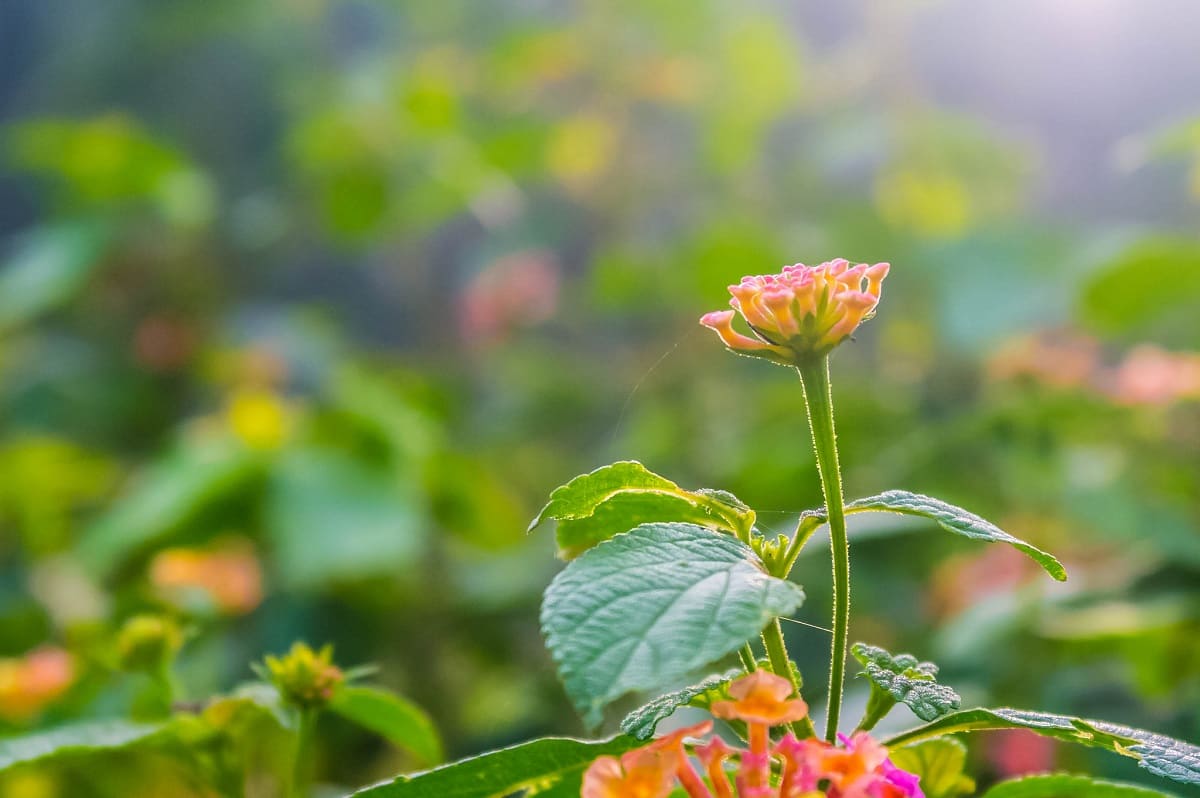

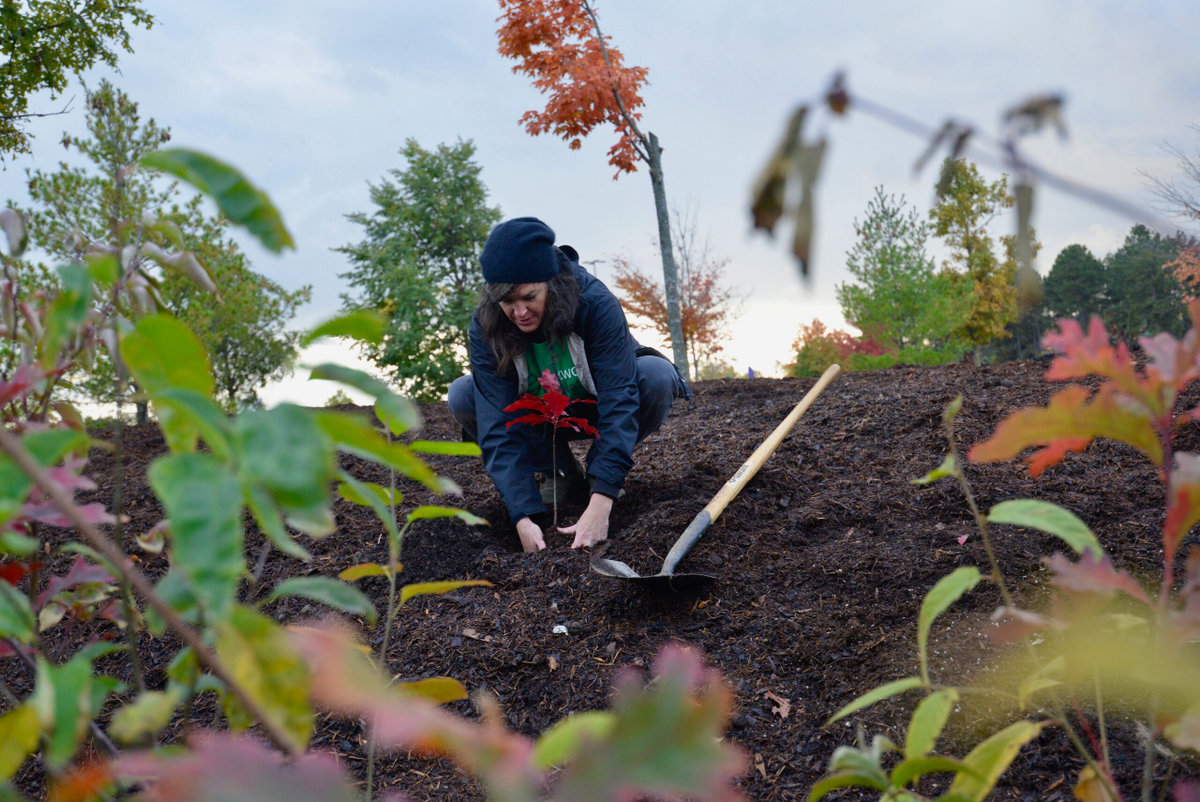
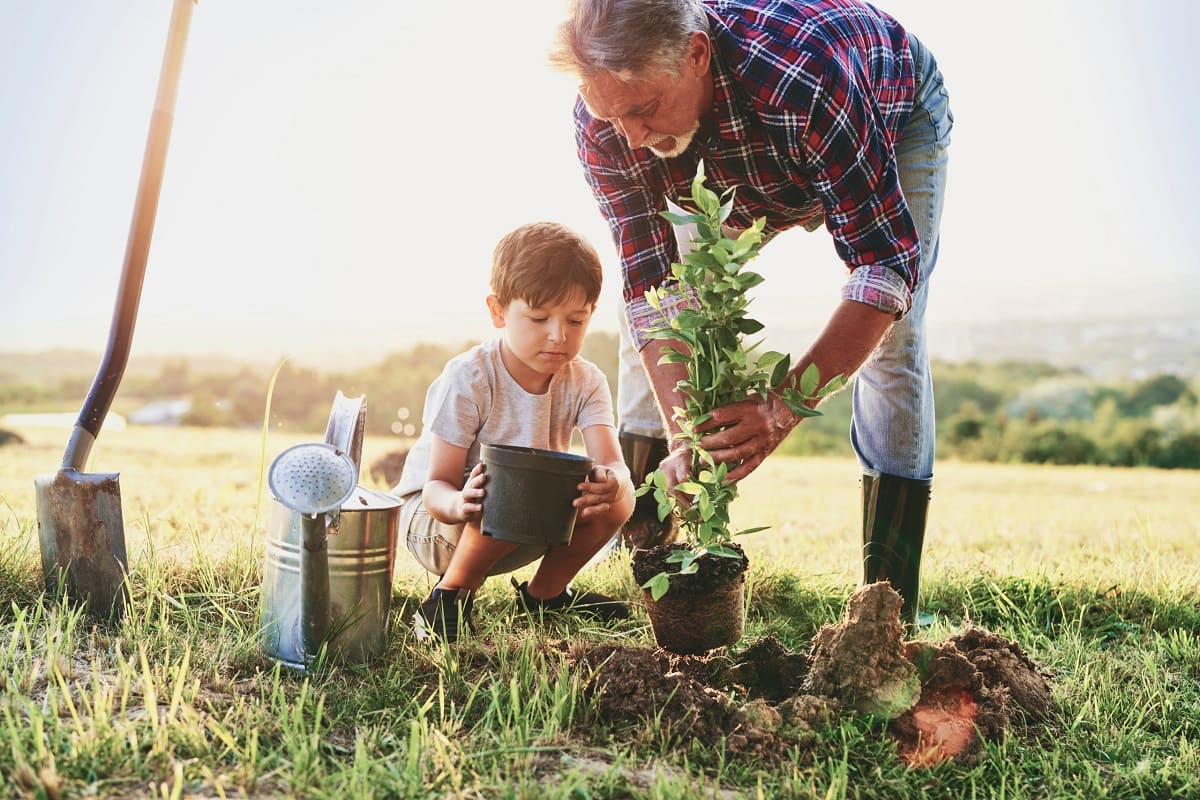
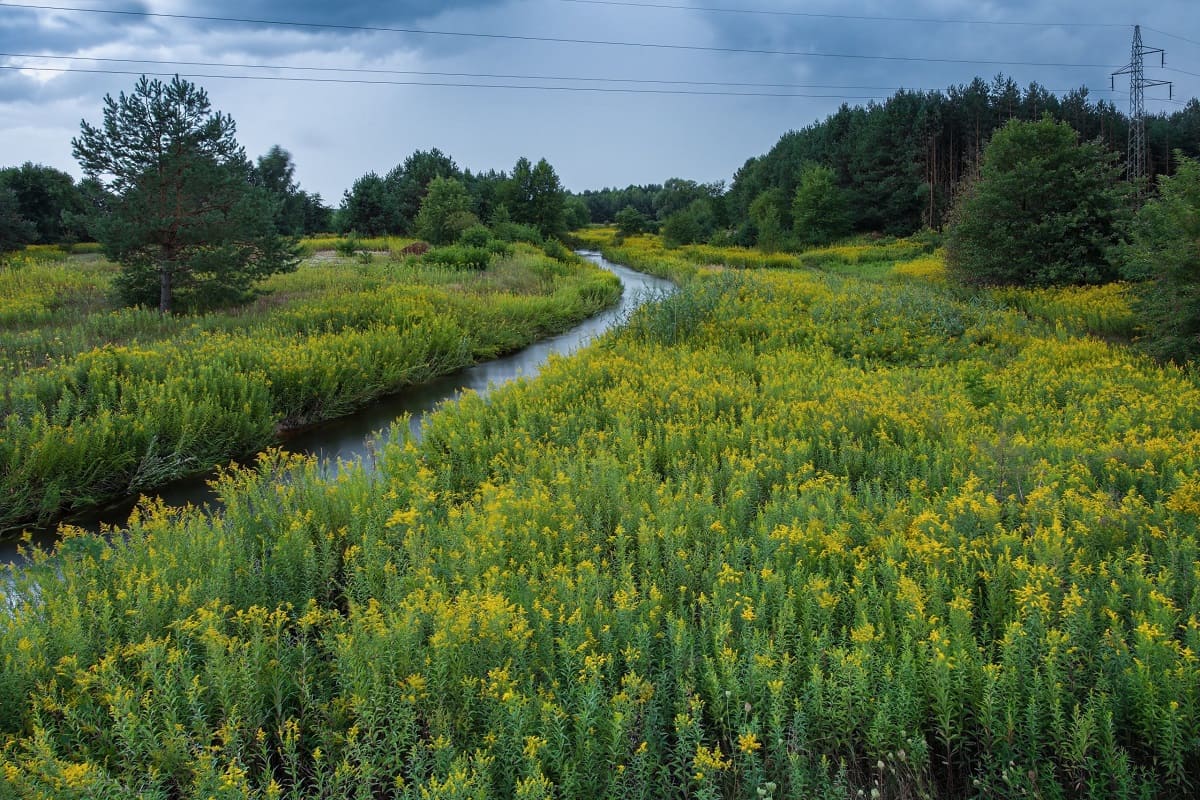
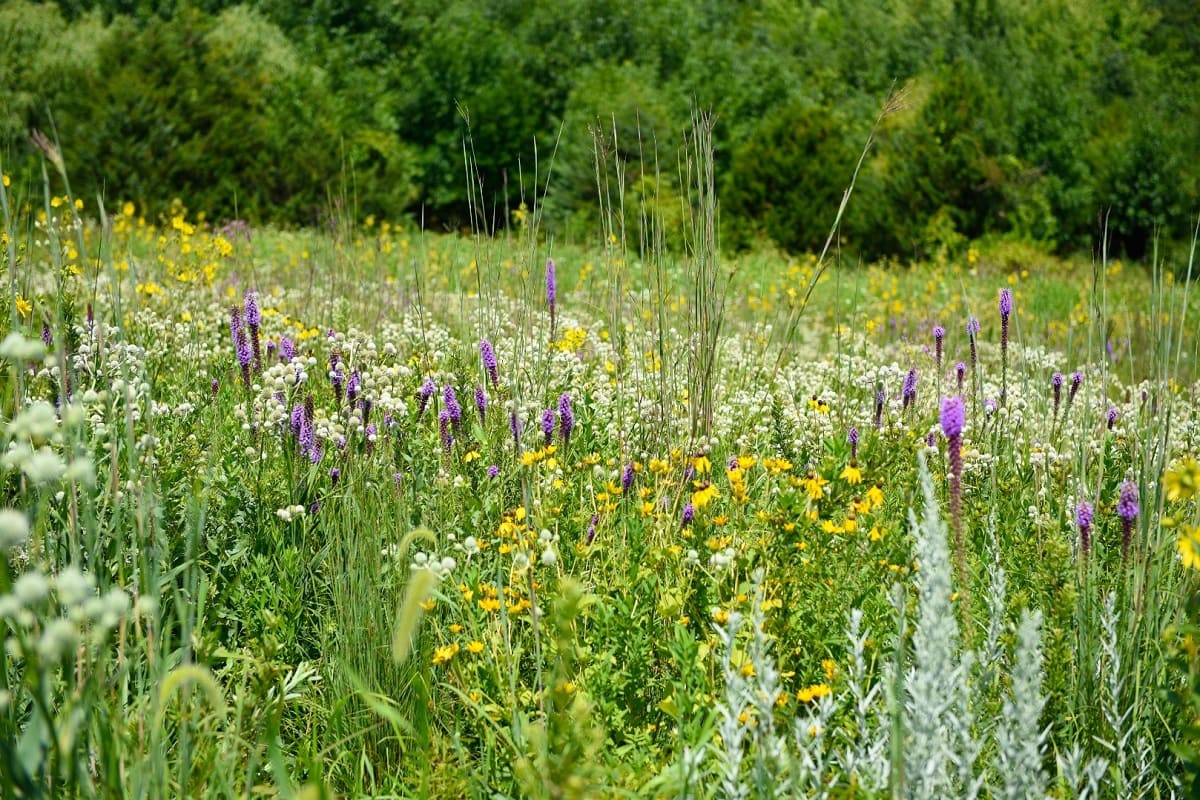
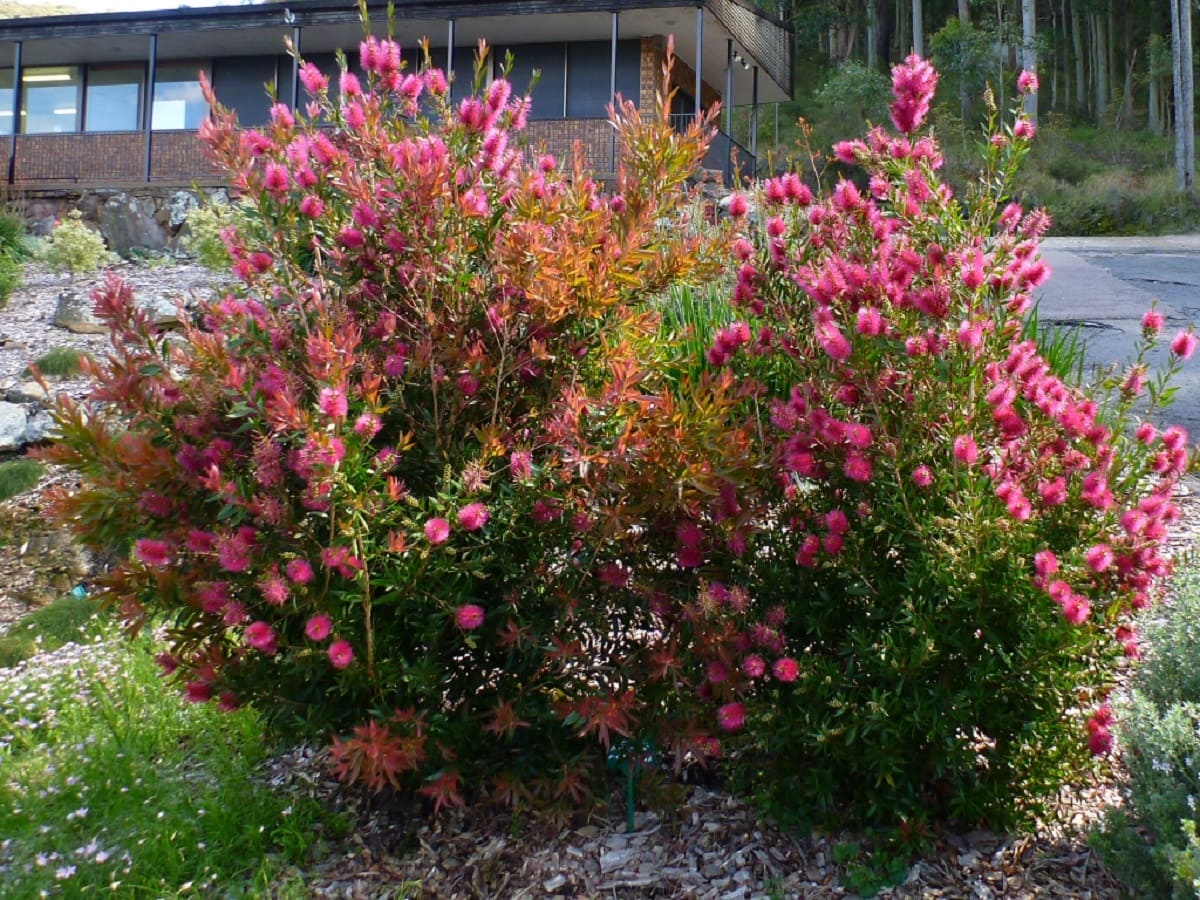
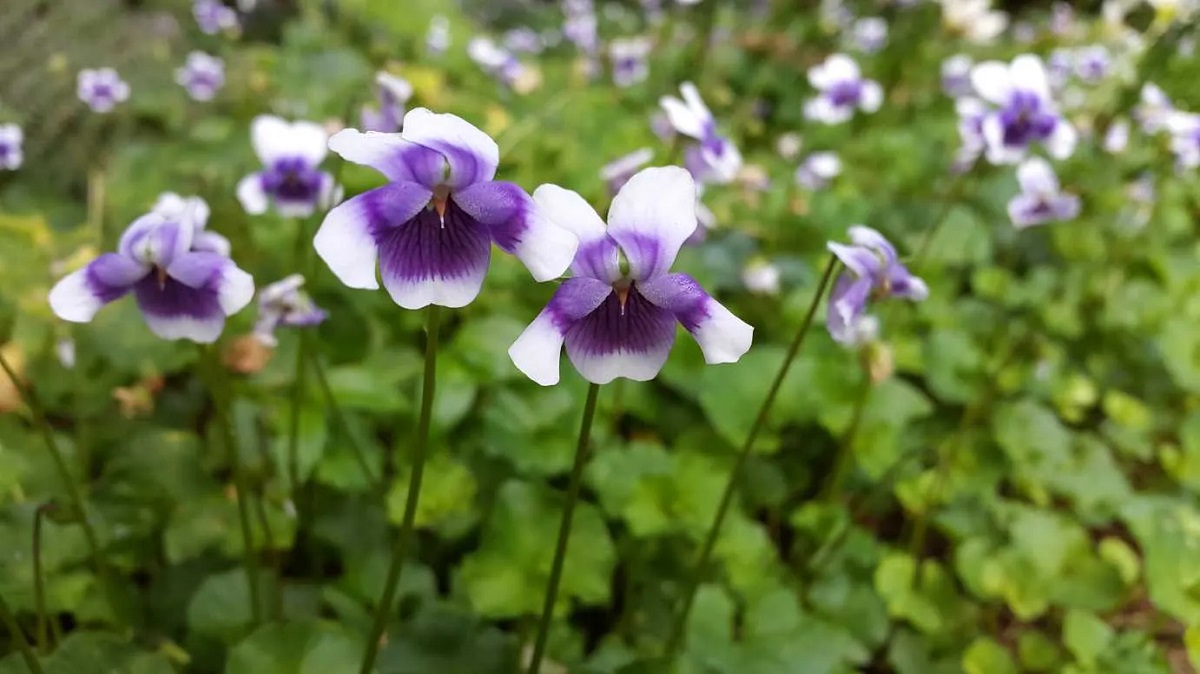
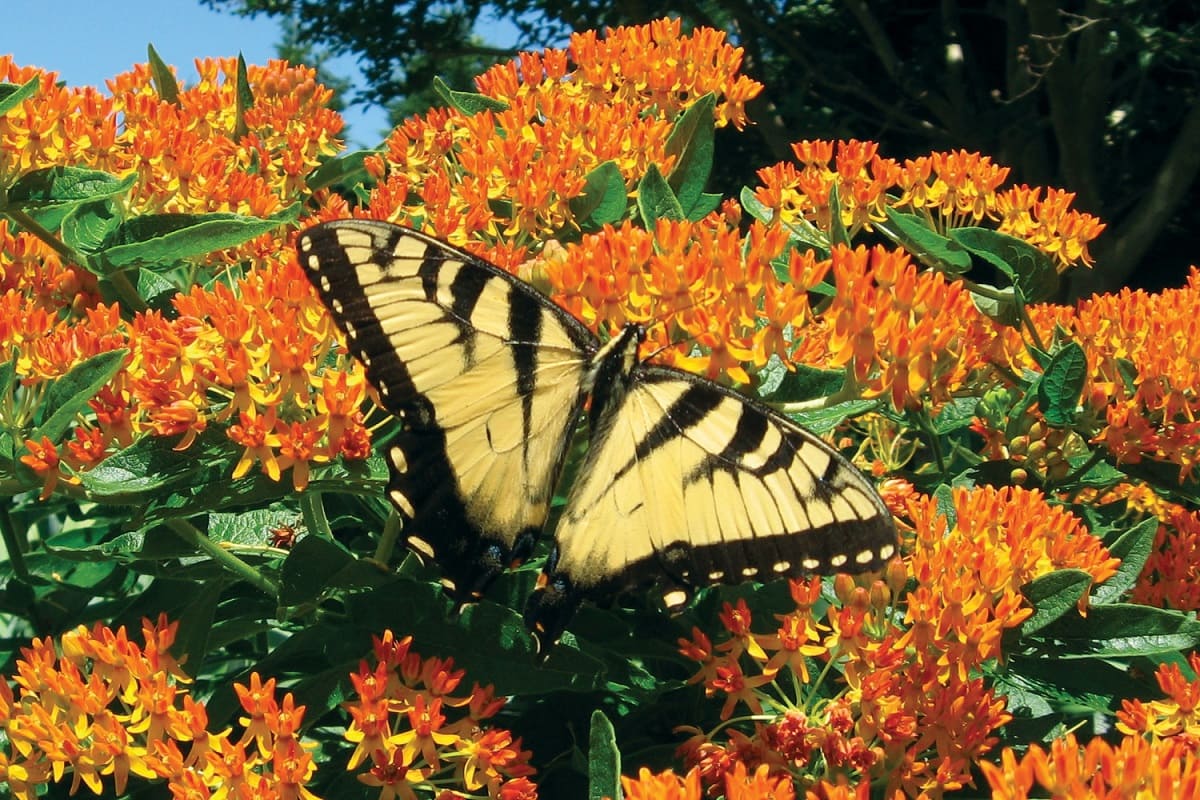
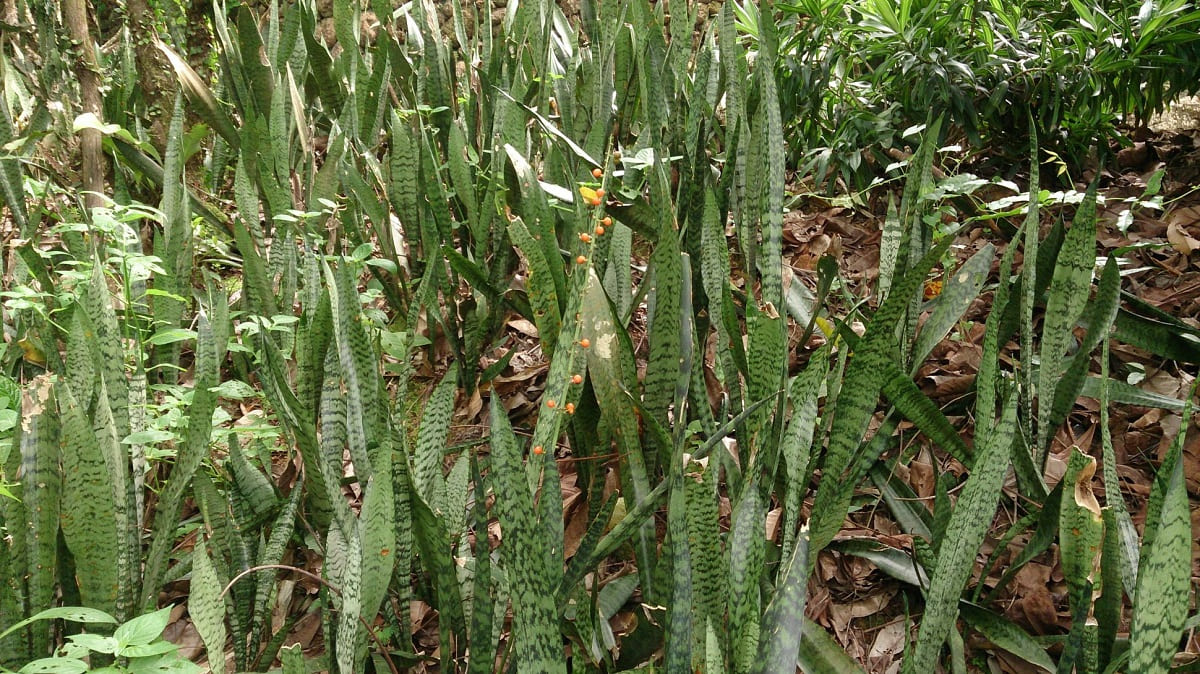
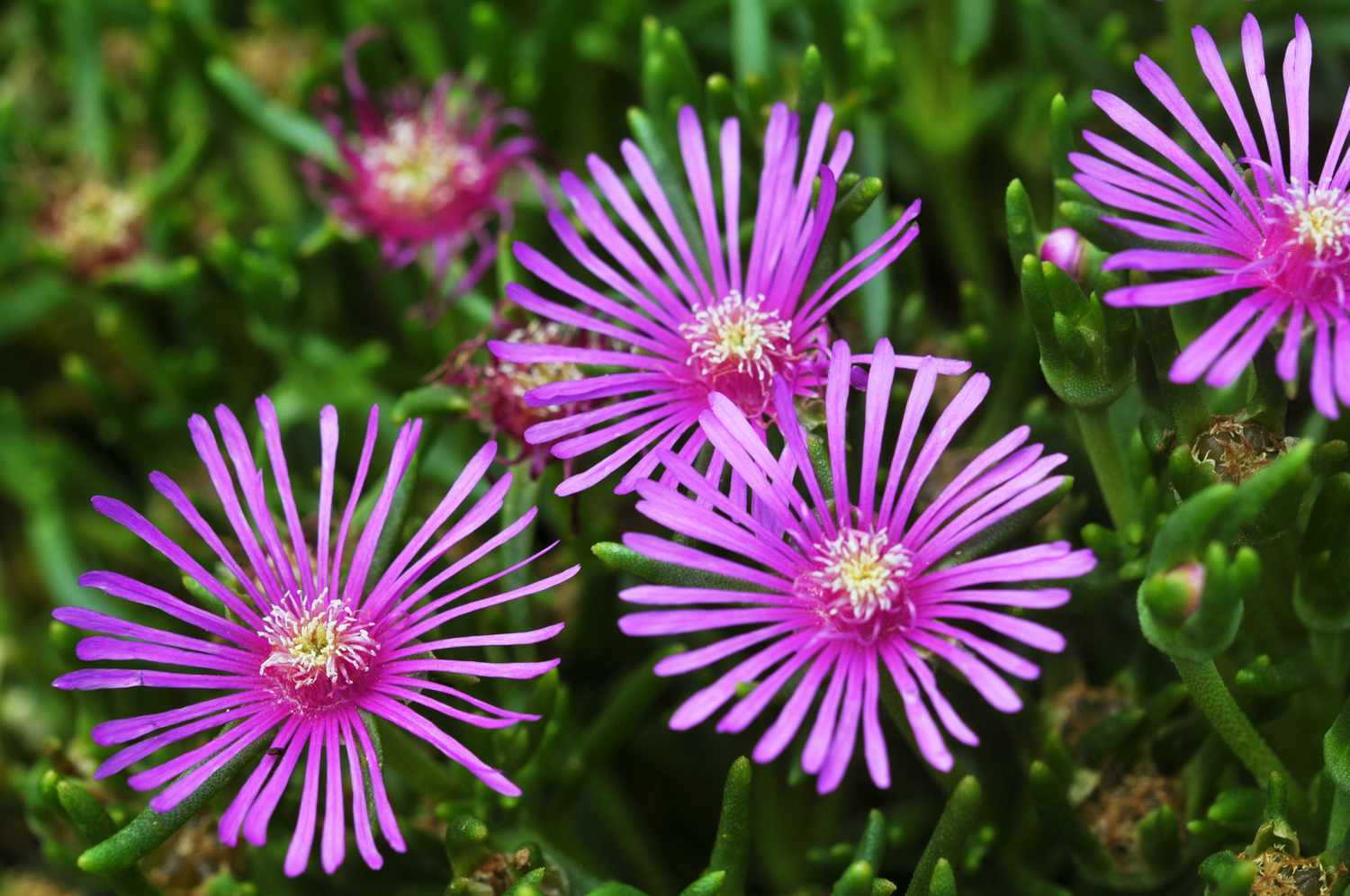
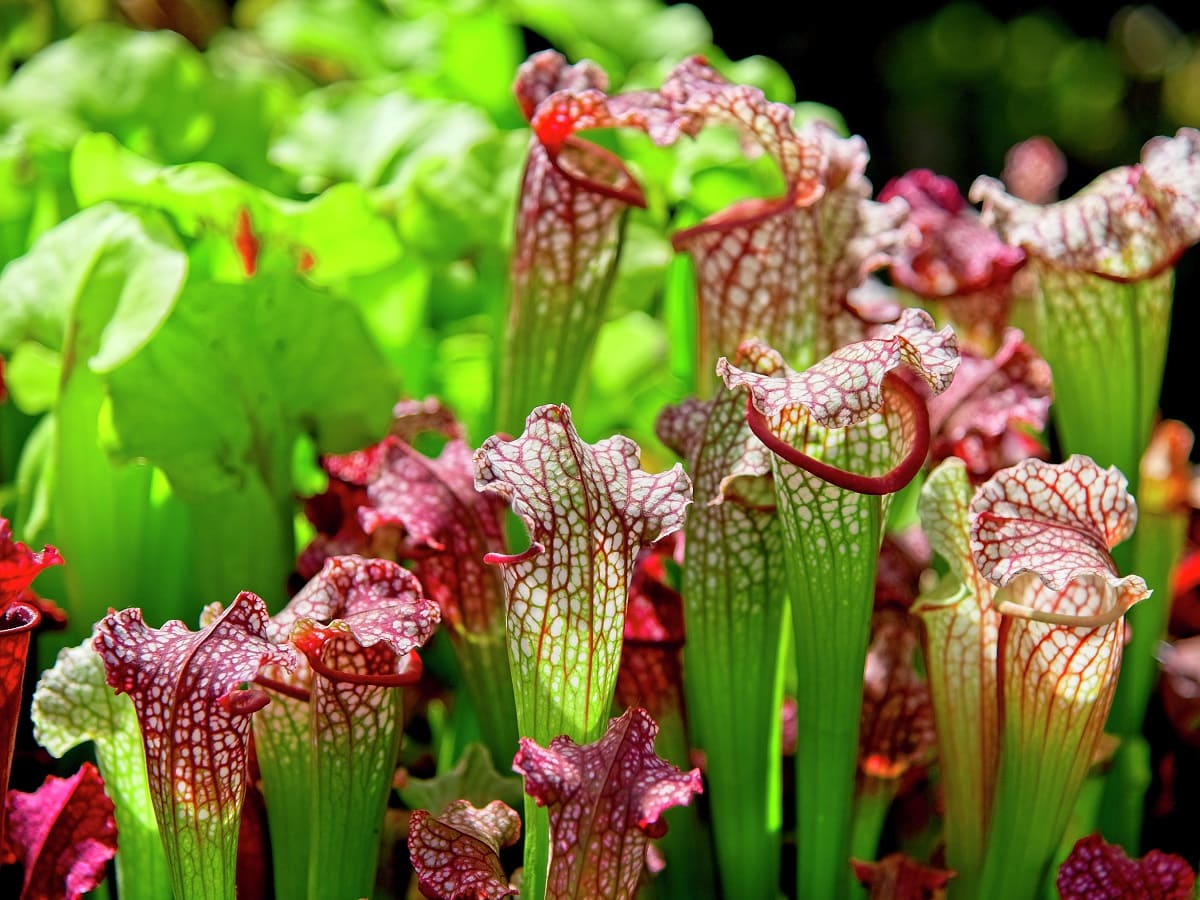
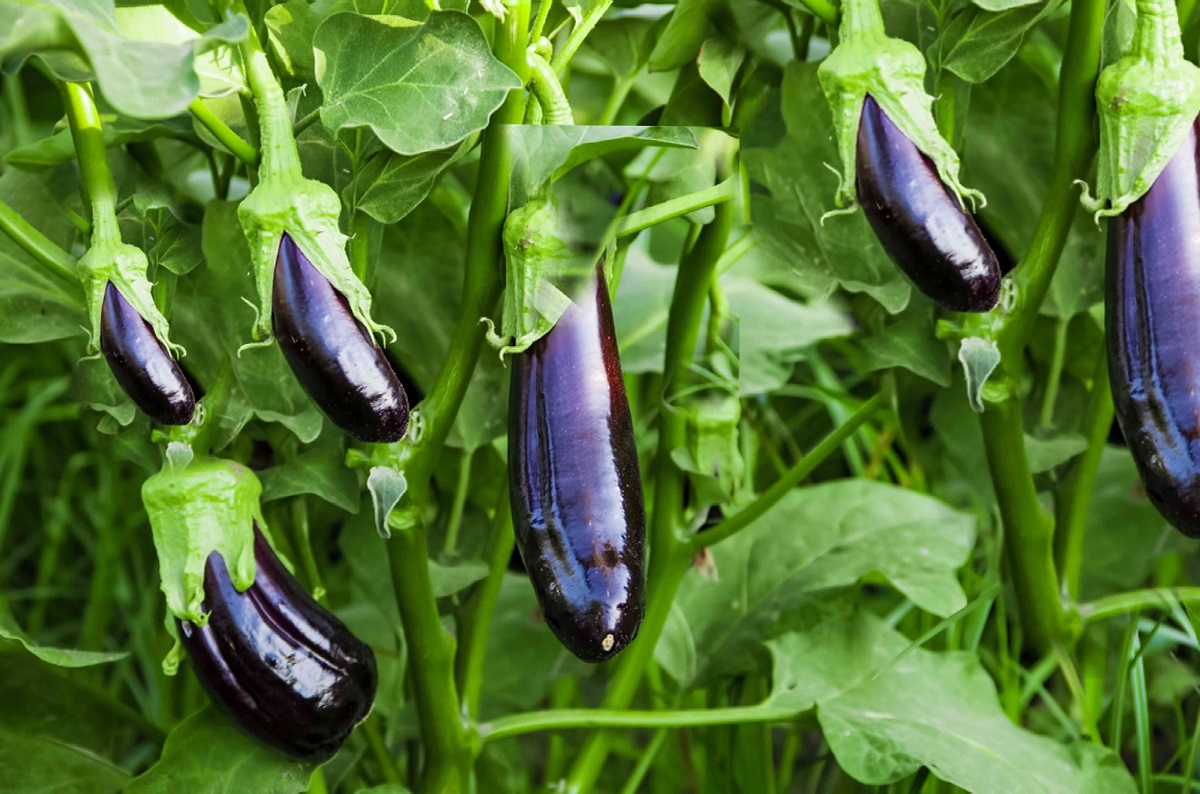
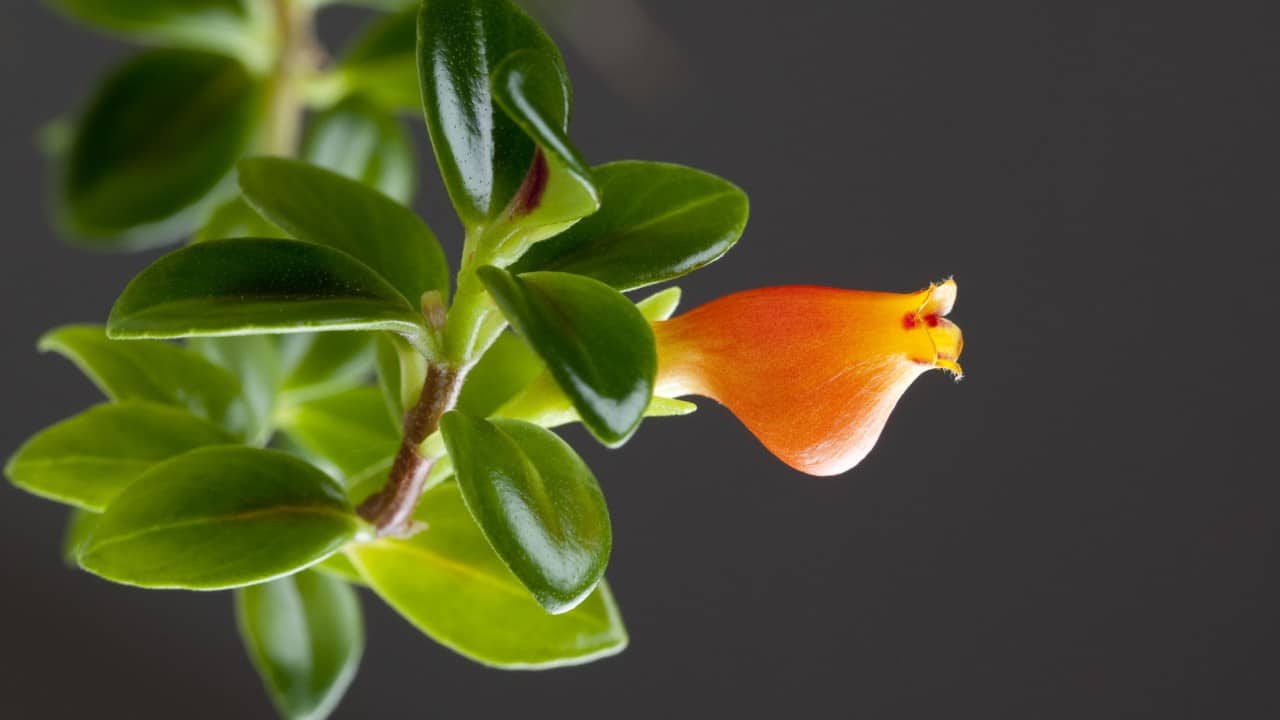

0 thoughts on “How To Plant Native Plants In The Pacific Northwest”